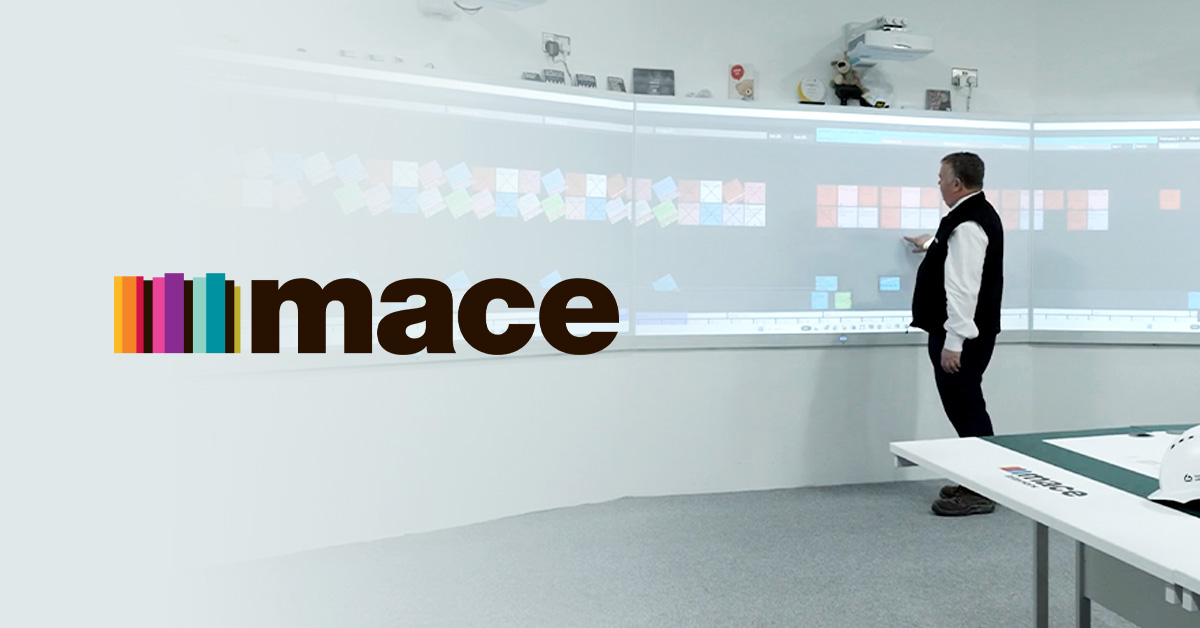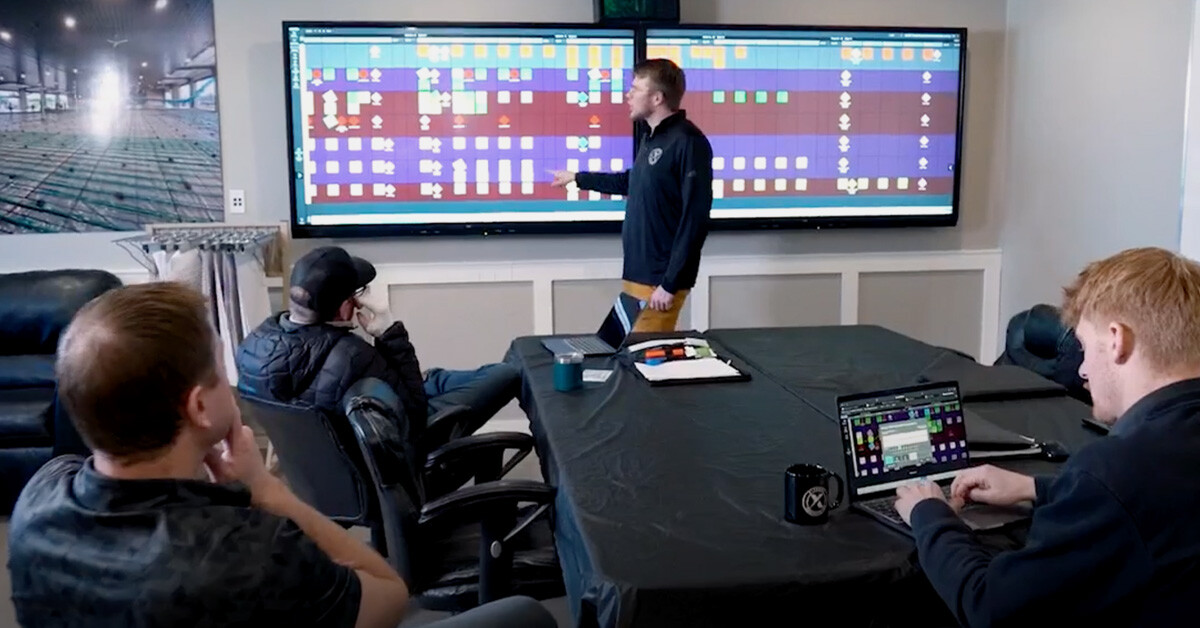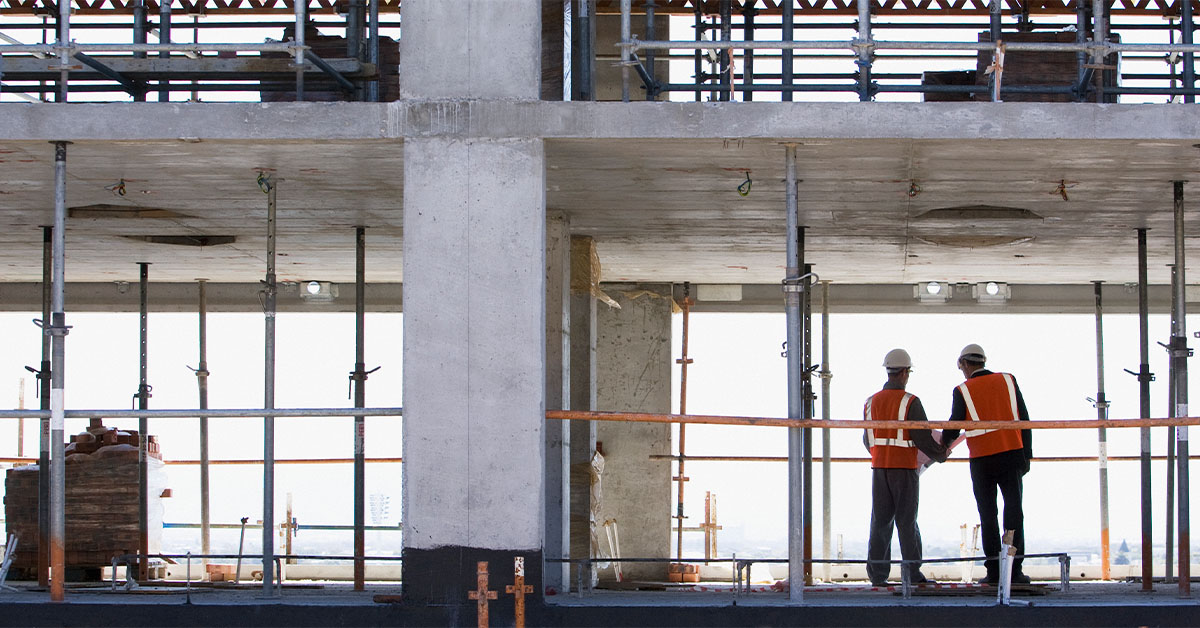The human side of Lean: Why people make the difference
Lean construction is often associated with process optimization, improved efficiency and waste reduction. But as Lisa Gibson from Colliers Project...
3 min read
 Laura Avery
:
Jun 26, 2025 6:00:00 AM
Laura Avery
:
Jun 26, 2025 6:00:00 AM

There’s a perception in the construction industry that Lean methods are only meant for megaprojects and ENR 400 contractors. That is, going Lean is a resource-intensive effort requiring dedicated staff, expensive software and massive changes only worth doing if you’re working with big budgets on big projects. There’s a notion that the large companies are so far along in their journey that, if you’re a smaller contractor, there’s no point in putting in any effort to catch up.
But that couldn’t be further from the truth.
While the process of transforming operations to become Lean is something that requires effort for businesses of all sizes, smaller companies are usually capable of implementing the changes needed. And often, they’ll see the benefits much faster than those experienced by their larger counterparts.
So, why should small and midsize contractors consider applying Lean methods to their businesses? There are three main reasons.
1. Better worker performance — Embracing Lean construction practices empowers people and strengthens organizational culture by fostering respect, collaboration and continuous improvement, leading to better performance and long-term success. Teams grow stronger through:

2. More manageable workload — Utilizing Lean methods like the Last Planner System® and takt planning helps teams get their work sorted into short, manageable increments. More predictable workflows mean:
3. Better cashflow and profitability — For small contractors, even minor delays and rework can have a big impact on the bottom line. Lean methods help with:
Even if you’re excited about the potential of Lean construction, it’s natural to have some hesitations. The good news? Most of the common roadblocks are easier to navigate than you might think. Here’s how to tackle them head-on.
“It sounds too complicated for a small team.”
Lean is as complex as you make it. Start small with simple practices like daily huddles or visual planning boards. As the comfort level increases, consider more advanced methods.

“We’re just too busy to change how we currently work.”
Implementing Lean is like sharpening your tools before you start cutting. It might take a few extra minutes, but it makes the job faster and cleaner. Even small changes in how you plan and communicate can lead to big savings in time, money and stress.
“We don’t have Lean experts on staff.”
You don’t need a full-time Lean manager to start taking advantage of these methods. Research them using free online resources (the Lean Construction Blog is a great place to start), join a Lean Community of Practice to learn from industry peers or engage the services of a Lean consultant or coach on a fractional basis.
“Our crew just won’t buy into this.”
Lean is all about making life better on the jobsite — which starts with listening to your crew. When you can show your team that their ideas are valued and contribute to real improvements, they’ll more readily buy into the process. And if the term Lean makes your team wary, consider giving your initiative a name that fits the vibe of your crew. Something like Operation Get Things Done just might do the trick!
“We don’t have the budget.”
Some of the most powerful Lean practices — like defining responsibilities and respecting your team — are completely free. And the ones that do cost money? They’re not expenses — they’re investments. With better performance, fewer mistakes and more repeat business, they pay for themselves many times over.
Going Lean doesn’t require a massive overhaul or a huge budget. It starts with small, intentional steps that lead to big results — less waste, better cash flow and happier crews. For small and midsize contractors, Lean isn’t just possible — it’s practical. And in a competitive market, it might just be your edge.
Going digital isn’t just for big contractors! Hear from Extreme Concrete, a concrete subcontractor in rural Alberta, on how Nialli™ Visual Planner helped them transform their operations.

Lean construction is often associated with process optimization, improved efficiency and waste reduction. But as Lisa Gibson from Colliers Project...

The construction industry is constantly evolving, and forward-thinking industry leaders and experts are sharing insights into new and emerging...
.png)
Planning sessions with site teams are crucial for setting the foundation of any project. Hosting your first digital planning session with Nialli™...

In the construction industry, timelines are often tight and coordination is critical. Therefore, the way teams plan can make or break a project....

Traditional modes of planning just weren’t cutting it for Extreme Concrete. As company Vice President Darin Wiebe says: “We could only see a certain...

The construction industry is facing a major labor shortage, with fewer workers available to meet growing project demands. In 2022 alone, US...